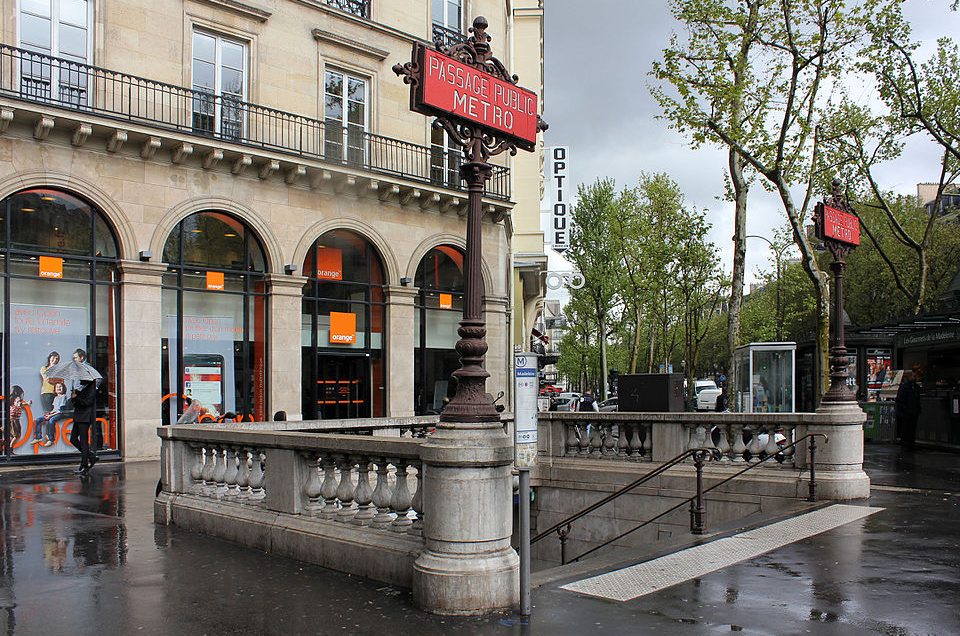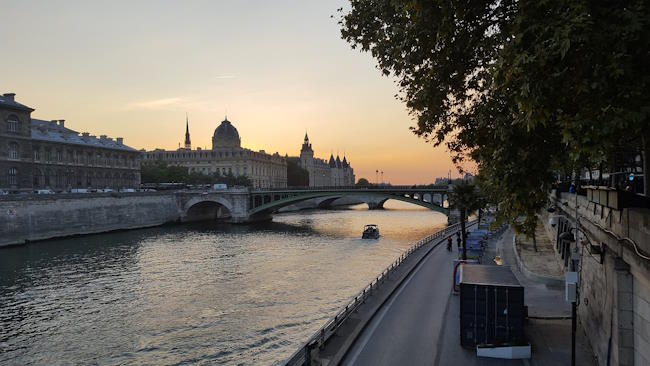Planning a trip to Paris? Mastering the city’s metro system is one of the smartest moves you can make to ensure a smooth and memorable experience. Whether you’re a first-time visitor or returning to the French capital, this comprehensive guide will help you travel around Paris with ease and confidence. From understanding routes to purchasing tickets and avoiding common mistakes, here’s everything you need to know about using the Paris metro like a pro.
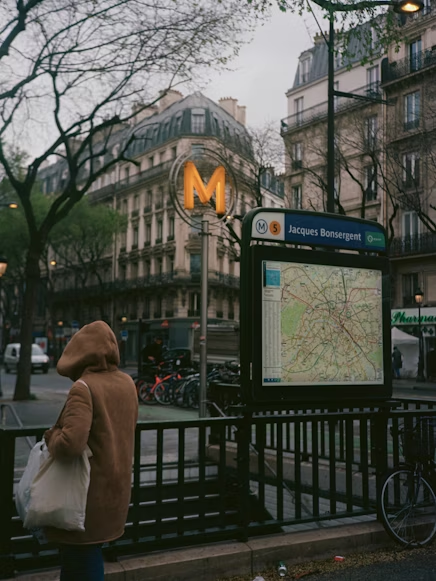
Is the Paris Metro Easy to Use?
Some travelers consider the Paris Metro among the most user-friendly transit systems in the world, while others find it a bit overwhelming. Whichever camp you end up in, one thing is certain: once you get the hang of it, the Paris Metro becomes an incredibly efficient way to explore the City of Light.
This guide breaks down how the metro works, key metro lines to remember, tips for buying tickets, and essential advice for first-time riders. So, let’s dive into what makes this underground network both complex and charming.
Understanding the Metro Map and Key Lines
The Paris Metro consists of 16 interconnected lines that span across Paris and extend to neighboring suburbs. These lines make it possible to reach almost any district, attraction, or museum in the city. Additionally, the Metro works in tandem with RER trains to cover the broader Île-de-France region, which includes popular destinations like Disneyland Paris and both Charles de Gaulle and Orly airports.
Paris and its outskirts are split into five fare zones. For example:
- Zone 5: Disneyland Paris, Charles de Gaulle Airport
- Zone 4: Orly Airport, Palace of Versailles
As you move farther from the city center, transportation costs increase.
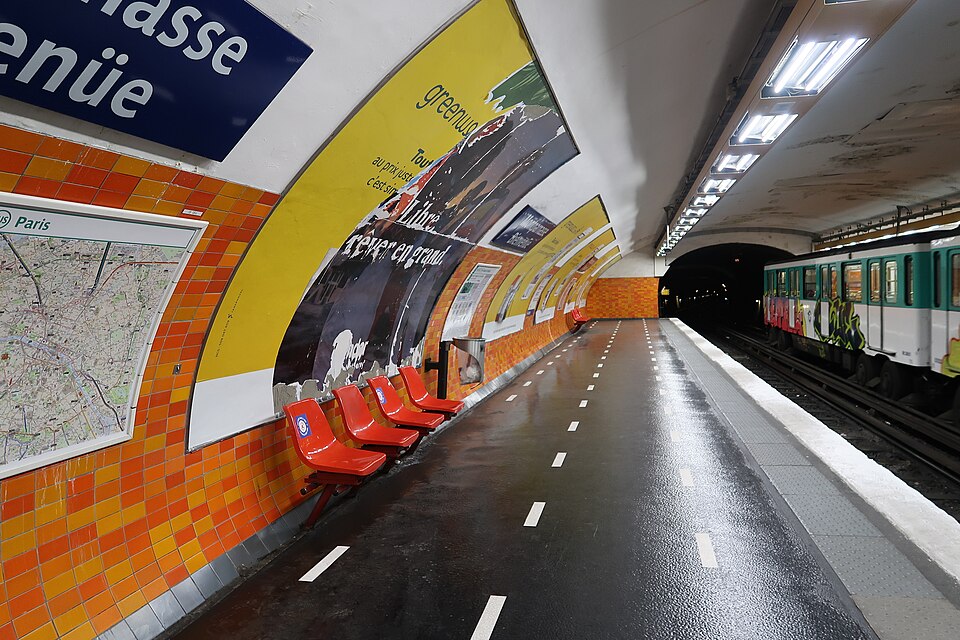
Most Useful Metro Lines for Tourists
While all lines are valuable, certain metro routes are especially useful for visitors:
- Line 1: This major route travels through central Paris, covering landmarks such as the Marais, the Louvre, Champs-Élysées, and Arc de Triomphe.
- Line 4: A versatile line connecting Île de la Cité (home to Notre-Dame and Sainte-Chapelle) with the Latin Quarter and shopping hubs.
- Line 6: Offers scenic views near the Eiffel Tower and travels to Montparnasse.
- Line 12: Passes through Montmartre and reaches the Musée d’Orsay.
If you’re staying in neighborhoods like Le Marais or the 1st arrondissement, you’ll be close enough to walk to many iconic sites. Still, hopping on the metro gives you a true Parisian experience.
How to Ride the Paris Metro: Step-by-Step
Using the metro might seem intimidating at first, but it’s fairly simple when you follow a few key steps.
- Buy a Ticket or Travel Pass
Purchase your fare at metro vending machines or from a ticket booth. Keep your ticket with you until you exit—inspections are common, and fines apply if you’re caught without proof of fare. - Check Your Route
Review the metro map to determine which line and direction you need to reach your destination. Each line has two end-of-line stations that indicate direction (e.g., La Défense or Château de Vincennes for Line 1). - Validate and Enter
Insert your ticket into the gate machine or scan your pass, and follow signs marked with the color and number of your chosen line. - Board and Travel
Trains stop at all listed stations unless there are service disruptions. Some trains have automatic doors, while others may require you to press a button or lift a handle to exit.
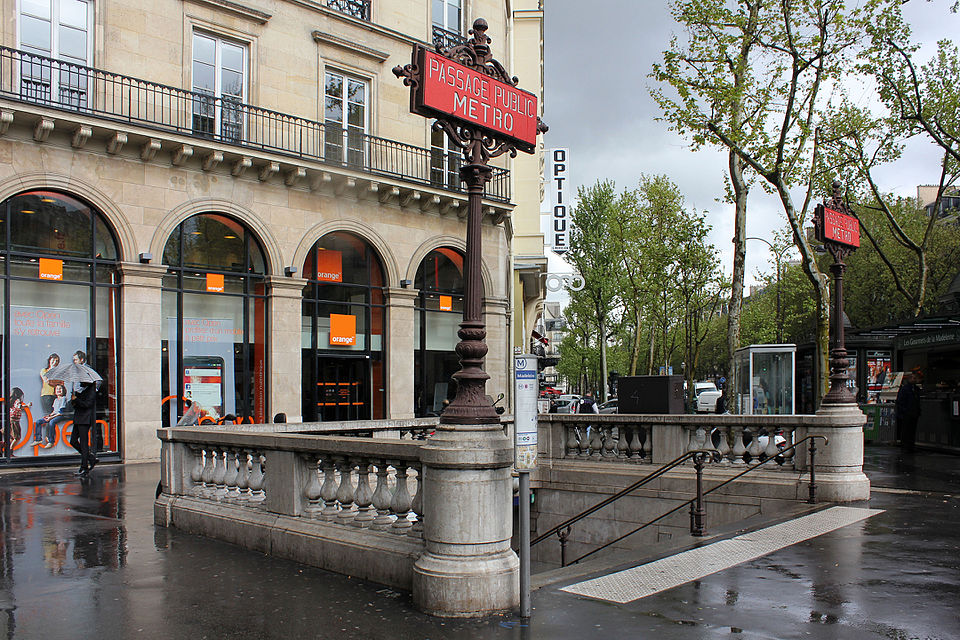
Ticket Options and Travel Passes Explained
Before riding the metro, it’s important to choose the right ticket or pass based on your travel habits. Here are the primary fare options available:
1. Paris Visite Pass
Ideal for travelers who plan to use public transport frequently, this pass covers metro, bus, tram, RER, and SNCF Transilien within zones 1-3 (central Paris). It also includes discounts at various attractions.
- 3-Day Example: €26.65 for adults, €13.30 for children (zones 1–3)
- Extended Zones (1–5): €53.75 for adults, €26.85 for children—great for visiting the airports, Disneyland, or Versailles
2. t+ Ticket
Perfect for occasional users or those exploring mostly on foot. One t+ ticket costs €1.90 and is valid for a single one-way journey. You can also buy a pack of 10 (carnet) for €14.90, offering a discount.
Reduced fares are available for eligible groups like children—just ask a metro attendant if you qualify.
3. Île-de-France Tickets
These are required for travel beyond Paris city limits, including journeys to the airports, Disneyland, and Versailles. If your Paris Visite pass includes zones 1–5, this fare is already covered.
For example, to get from central Paris to Charles de Gaulle, you’ll need an RER B ticket unless you already have a valid pass.
Not sure which option is best? Metro staff are usually helpful and can assist in selecting the most economical and convenient ticket for your itinerary.
Insider Tips for First-Time Metro Riders
Navigating the Paris metro doesn’t have to be stressful. These practical tips will make your experience more pleasant and efficient:
- Stand Right, Walk Left: On escalators, always stand on the right side to allow others to pass on the left.
- Watch Your Belongings: Pickpocketing can be an issue, especially on crowded trains. Keep bags closed and worn in front.
- Don’t Panic About Exits: Metro stations often have multiple street exits. If you emerge on the wrong side, don’t worry—it’s easy to find your way with street signs or a quick map check.
Even locals occasionally get lost in the maze of metro exits, so don’t feel embarrassed if it happens to you!
Ready to Explore Paris with Confidence?
Now that you have a solid understanding of how the Paris Metro works, you’re ready to make the most of your time in the city. Whether you’re off to admire the Eiffel Tower, tour the Louvre, or stroll through Montmartre, the metro will get you there quickly and affordably.
If you still have questions or want help choosing the best travel pass for your stay, don’t hesitate to reach out to the RATP staff or official information points. With a bit of planning and a calm approach, your metro rides will become one of the highlights of your Paris adventure.
Bon voyage, and see you soon in Paris!


